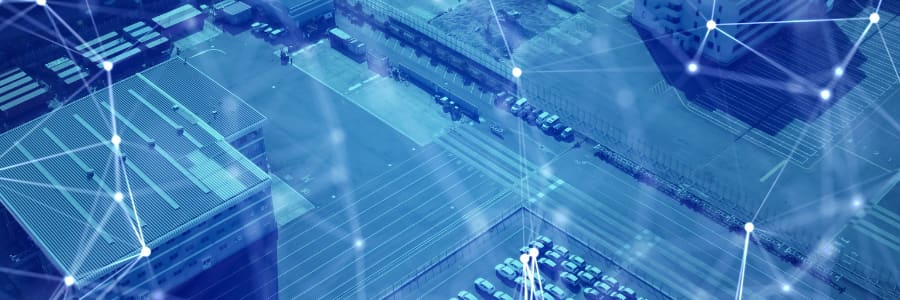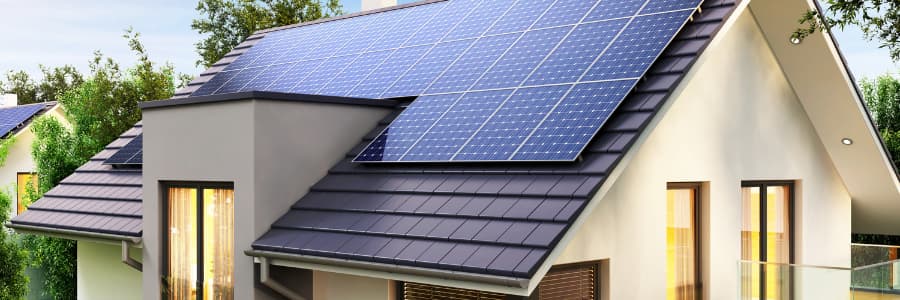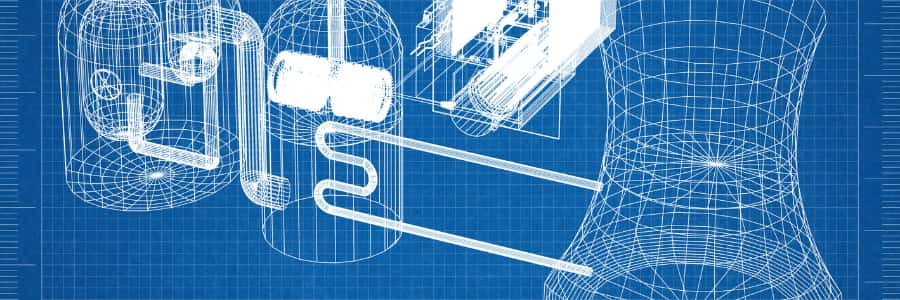Severe weather, ageing grid infrastructure, and changing energy dynamics are some factors that challenge energy grid reliability.
Recent years’ events in the US present a microcosm of the consequences. These consequences are playing out in many areas across the world.
From wildfires in Maui to devastating floods in California and arctic blasts in Texas, utilities have struggled to keep the grid resilient and reliable in the face of climate-related disruptions.
Simultaneously, energy companies are embracing a new reality where energy production and consumption are increasingly digitised and diversified. One example is solar energy generation, projected to grow by 75% from 163 billion kilowatt hours (kWh) in 2023 to 286 billion kWh in 2025. Similar dynamics apply to electric cars (EVs), with registrations in 2023 totalling 1.4 million, more than 40% up compared to the year before.
With 70% of US transmission lines and transformers over 25 years old, the grid’s ageing infrastructure is increasingly vulnerable and, in many places, ill-equipped to handle the challenges.
Yet, there are ways utilities can fortify grid reliability and support a sustainable, electrified future that does not require massive investments in physical grid infrastructure.
Here are five strategies utilities can adopt to address grid uncertainties and increase grid reliability.

Distributed energy resources (DERs) such as distributed generation units like solar panels and wind turbines, battery storage, EVs, and metering infrastructure are core to enhancing grid reliability.
Unlike traditional demand-side management (DSM), DERs provide precise, measurable data on energy consumption at specific times and locations. This visibility makes DERs a more reliable resource for integrated resource planning (IRP), allowing utilities to forecast energy needs and manage resources effectively.
By decentralising power generation and storage, DERs help utilities reduce strain on the grid, improving resilience during peak demand. It also increased local and regional grids’ ability to continue to deliver power under extreme weather events.
Utilities adopting a DER-centric approach must integrate generation planning, customer programs, and operations to maximise DERs’ value – and choosing the optimal distributed energy resources systems (DERMS).
Key benefits of DER for utilities:

Demand response (DR) programs empower customers to support grid reliability. By managing customer consumption patterns—especially during peak-demand periods—utilities can balance load more effectively and accommodate renewable energy sources. DR programs also allow utilities to align demand with resource availability, reducing reliance on fossil fuels during times of peak usage.
In this context, it is worth distinguishing between traditional – or legacy – DR and advanced DR.
Legacy demand response programs rely on manually curtailing large industrial loads with long notification times, often a day in advance. These programs have focused on managing grid-wide constraints and were limited to a single value stream per asset, reducing their overall flexibility and efficiency.
In contrast, modern, more advanced demand response programs include automated management of small and large loads, allowing for real-time or near-real-time responses, effectively addressing system-wide and localised issues.
Furthermore, assets in advanced DR can participate across various markets and contribute to multiple value streams, significantly enhancing grid efficiency and resilience.
Key DR benefits for utilities:

Real-time data, automation, and the use of AI can be crucial for grid optimisation and overall grid reliability.
One example is consumer behaviour. By leveraging real-time pricing and locational rates that reflect marginal wholesale costs, utilities can provide customers with timely incentives to shift their energy consumption. Similarly, real-time data provided across a grid, including from IoT sensors, can enable utilities to react proactively to developing situations that threaten grid reliability.
Real-time data is pivotal in automating processes, thereby increasing energy companies’ efficiency and energy reliability. At the same time, it is a foundational element for deploying advanced artificial intelligence (AI).
AI enhances grid management by helping operators comprehend current conditions, make informed decisions, foresee potential issues and speed up multiple tasks. One example is cutting daily planning calculations significantly—from nearly 10 minutes to 60 seconds—demonstrating substantial time savings in critical operations. Further advancements in AI are also being explored to predict power outages more accurately by analysing varied data points, including weather, geography, and socio-economic factors.
Utility gains from real-time data, automation, and AI:

Integrating renewable energy sources like solar and wind strengthens the grid by diversifying power generation sources. However, renewables are variable by nature, which requires utilities to employ robust energy storage solutions to maintain a steady supply.
Energy storage, in particular, supports grid stability by storing excess renewable energy for use during peak demand or when renewable output is low. For instance, grid-scale battery storage can smooth out solar and wind generation fluctuations, ensuring a continuous power supply even when weather conditions affect renewable generation.
Microgrids allow isolated power systems to operate independently from the main grid and can also support critical facilities during power outages.
Benefits of renewable integration and storage:
Modernising grid infrastructure can mean much more than building more towers and expanding the cable network.
Taking a proactive, diversified approach to energy grid infrastructure development is crucial to withstand climate-related disruptions’ increasing frequency and intensity.
In this context, most utilities will have little choice but to invest heavily in upgrades to ageing transmission lines, transformers, and substations.
However, a multitude of other options give companies opportunities to upgrade in ways that are most cost-effective and deliver similar, if not better, results.
Smart meters, digital substations, and automated distribution networks offer utilities a more flexible, resilient grid infrastructure that can detect and address faults rapidly. Investing in cybersecurity is also essential, as modern grids are increasingly digitised. With rising threats to grid security, utilities must ensure that their systems are equipped to protect against cyberattacks, particularly as they integrate more DERs and IoT devices.
Utility advantages from modernised infrastructure:

In conclusion, utilities play a crucial role in enhancing grid reliability and resilience, particularly as they face increasing demand and more frequent extreme weather events.
By adopting a multifaceted strategy that includes embracing DERs, leveraging demand response programs, optimising grid operations, integrating renewable energy storage, and modernising infrastructure, utilities can forge an energy system that is not only more resilient but also highly flexible.
These concerted efforts ensure the protection of customers from outages while facilitating a transition towards a sustainable, electrified future. As utilities continue to innovate and adapt, they will be better equipped to meet emerging challenges, ultimately achieving long-term resilience and continuing to serve their communities effectively.
This strategic synergy among various approaches is the cornerstone for building an adaptable energy system ready for today’s challenges and tomorrow’s opportunities.